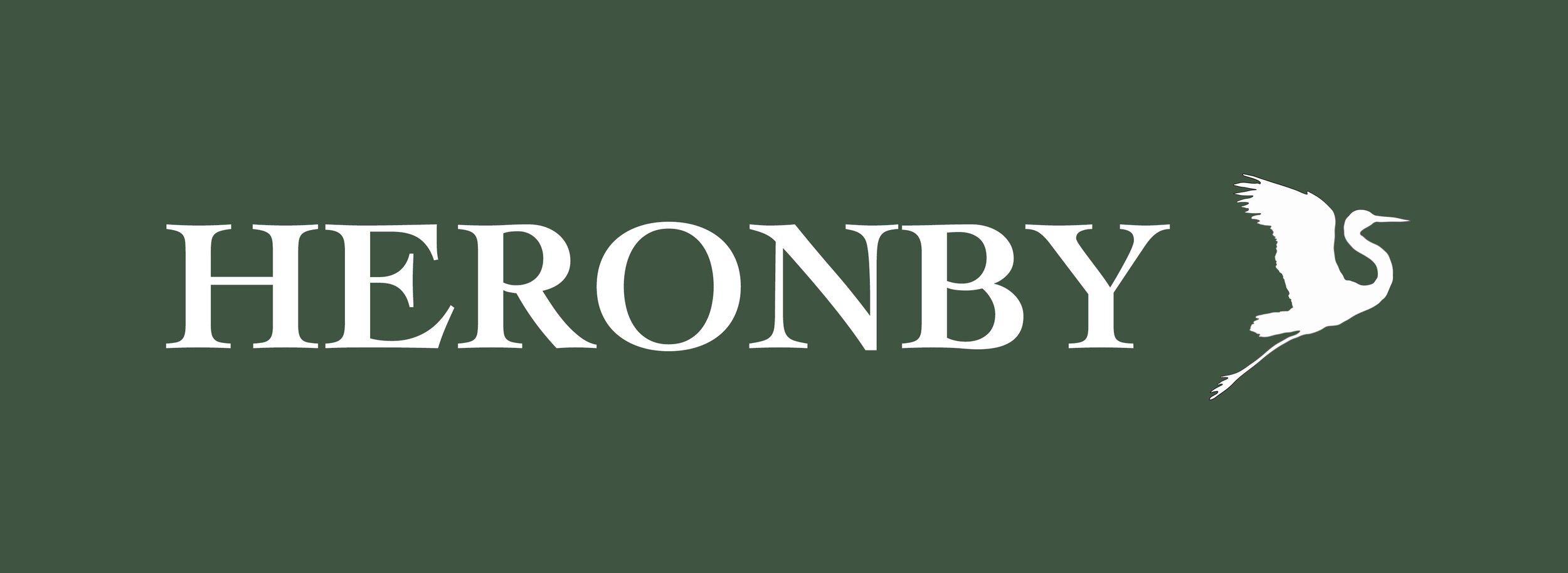A clean, green community, inspired by Heron Wood
At the heart of the proposed new garden settlement of Heronby in North Yorkshire is Heron Wood, which lends its name to the vision for this 21st century sustainable community.
The most striking feature of the Heronby masterplan, illustrating how a new community might develop over a forty-year period, is that it’s very green. In fact, around 35% of the proposed new settlement will be green, public open space.
Inspired by Heron Wood, a number of green corridors run from the raised plateau of woodland to the surrounding countryside, to support wildlife and enhance connectivity between habitats, both on and off the site. A buffer zone of at-least 15 metres has been allocated around the woodland to protect it, but footpaths have also been introduced to give people of all ages the opportunity to relax and exercise in a natural, healthy environment.
Much of Heron Wood is classed as Ancient Woodland, meaning it’s had continuous woodland cover since, at least, 1600. Of this Ancient Woodland, the majority is Plantation on Ancient Woodland Site (PAWS), a timber crop, primarily oak, planted in the 1960s, whilst the smaller area is ancient, semi-natural woodland.
As part of the Heronby masterplan, it is the intention of the landowner Escrick Park Estate to improve the ecology of Heron Wood with new, native trees and shrubs designed to increase the biodiversity of the area which is currently a largely monoculture plantation. Through a programme of new and enhanced planting of indigenous species, a much more natural environment will be created, encouraging native plants and animals to thrive.
The new residents of Heronby will also be encouraged to participate in an active management plan in partnership with the Estate to ensure the habitat is protected long into the future. This would include measures such as thinning and cutting trees and shrubs that grow below the canopy layer, managing recreational activity and restocking and regenerating the species mix.
Right across the full 241-hectare site, which lies south west of Escrick village, there will be tree planting and habitat creation to further increase biodiversity.
As Beilby Forbes Adam of Escrick Park Estate explains: “All new developments are now required, as a condition of planning permission, to deliver a 10% biodiversity net gain, preferably through local habitat creation projects, but where this is not possible, through offsite compensation.
“With Heronby, we have a great opportunity to deliver upwards of 15% biodiversity net gain with the creation of a country park adjacent to the site that will deliver long-term benefits for wildlife habitats, as well as people.”
The country park is proposed on land owned by the Estate to the north of Heronby where there are plans to incorporate new woodland, meadow and riparian areas to create new habitats and provide a natural buffer between the new community of Heronby and the neighbouring village of Escrick.
At its boundary, the new garden settlement will also be framed by green buffers to screen traffic, lessen noise and reduce the site’s visual impact.
As the landowner, Escrick Park Estate would have a long-term commitment to the ongoing management of the country park, as it does with the nearby National Nature Reserve. “Our management of Skipwith Common NNR, alongside Natural England, gives us the expertise and desire to achieve something very special at Heronby,” explained Beilby Forbes Adam.
He added: “By designing the new garden community to be ‘walkable’, with schools, workplaces, parks, leisure facilities and nature, all within walking or cycling distance, we will be at the forefront of reducing carbon emissions, boosting biodiversity and encouraging healthy lifestyles.”
